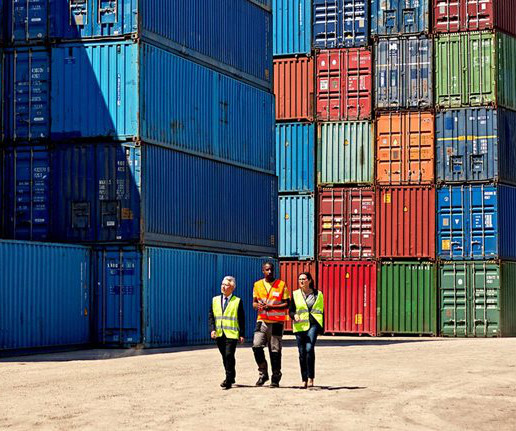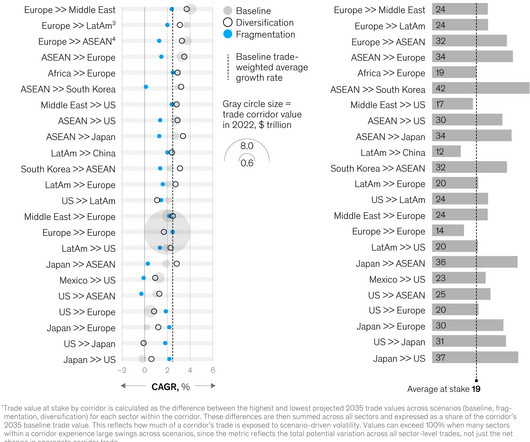E-Waste Recycling Innovation Could Transform Lithium Markets
OilPrice
MARCH 21, 2025
The world threw away a record 62 million metric tons of electronics in 2022, representing a staggering 82% increase since 2010. E-waste is the fastest growing solid waste stream on the planet. Thats enough waste to fill 1.55 And within those 62 million tons were billions of kilograms of critical and costly metals and minerals.











Let's personalize your content